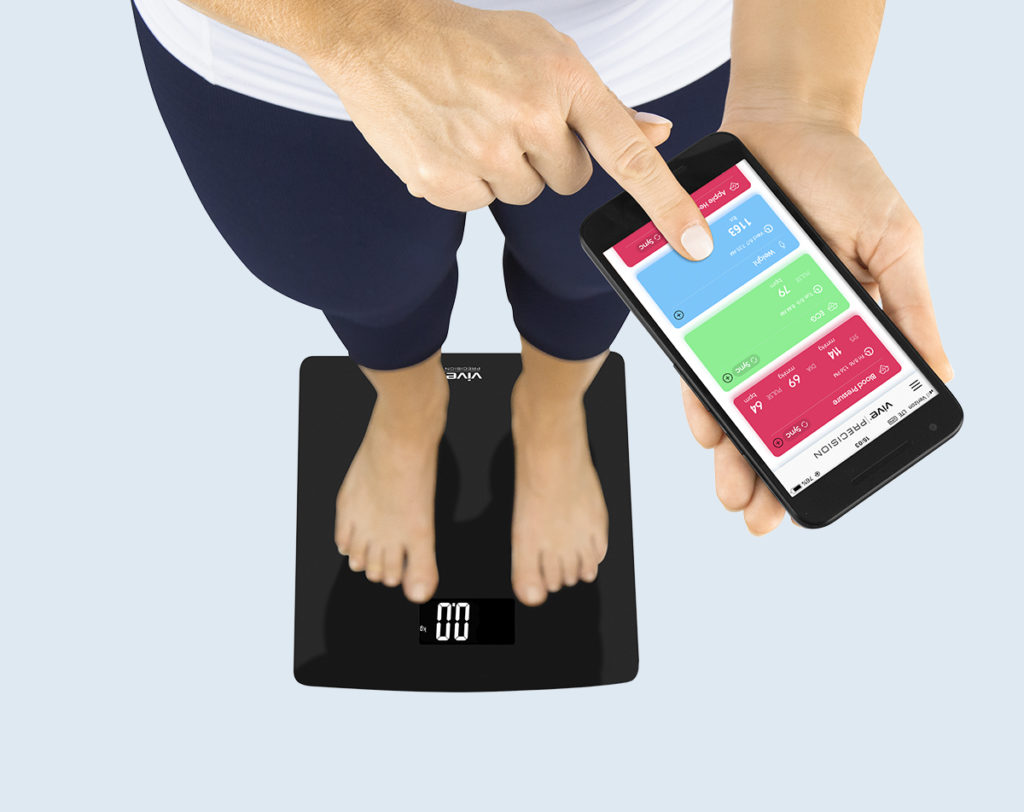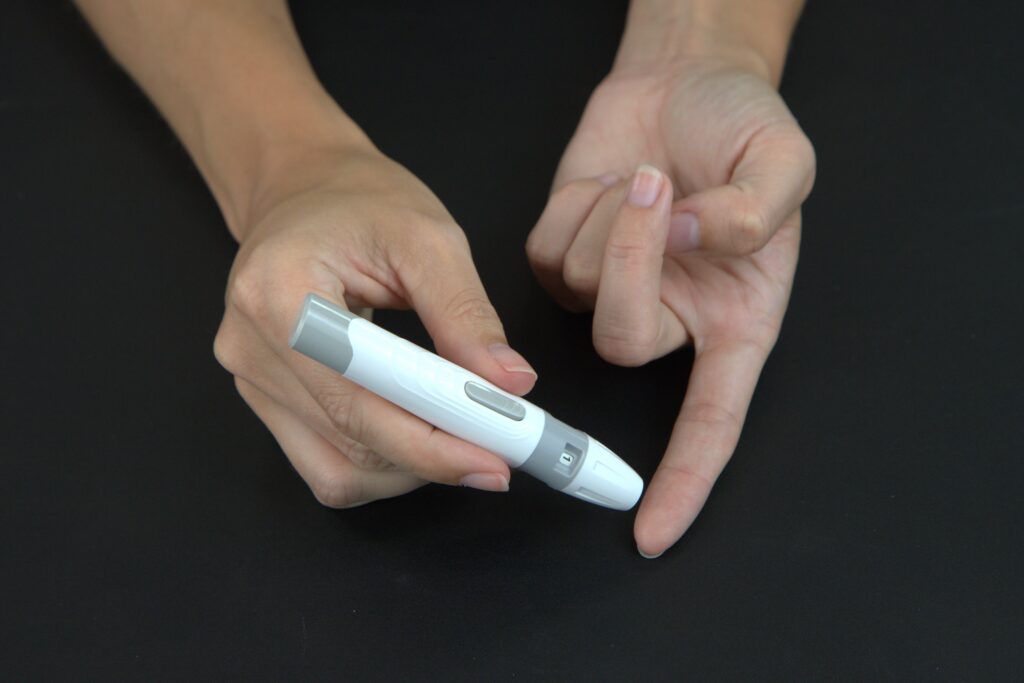Remote patient monitoring (RPM) is a healthcare technology that enables care teams to collect data from patients remotely through the use of wearable devices or smart devices. RPM has the potential to revolutionize the way healthcare is funded and managed, and can offer numerous benefits to CFOs. In this blog, we will discuss the Financial Implications of RPM.

One of the primary benefits of RPM is that it can help reduce healthcare costs. By enabling patients to be monitored remotely, there is a reduced need for in-person visits and hospitalizations, which can be costly. This can lower healthcare costs for patients and the healthcare system as a whole. Additionally, RPM allows for the collection of more patient data, including for patients with limited or unreliable transportation, which can help prevent hospital admissions or readmissions by identifying risk factors and providing proactive care.
RPM can also improve the efficiency and productivity of healthcare organizations. By continuously collecting data from patients, CFOs can identify areas where improvements can be made in the delivery of care, streamlining processes and improving the overall effectiveness of the organization. Improved efficiency can lead to greater care for existing patients and the ability to see more patients.
In addition, RPM can help CFOs better manage and allocate financial resources. By collecting data on the health and well-being of patients, CFOs can more accurately predict future healthcare needs and allocate resources accordingly, ensuring that healthcare organizations are operating in the most cost-effective manner possible. RPM is also reimbursable through the use of CPT codes, or Current Procedural Terminology codes, which are a standardized system used by healthcare providers to describe the services they provide and bill for insurance purposes. Proper documentation and billing with CPT codes can help CFOs accurately track the costs of RPM and ensure that healthcare providers receive appropriate reimbursement for their services.
Overall, RPM is a valuable technology that can benefit CFOs by reducing healthcare costs, improving efficiency and productivity, improving patient outcomes, and better managing financial resources. It has the potential to transform the way healthcare is funded and managed.
Read our last blog on congestive heart failure here.










